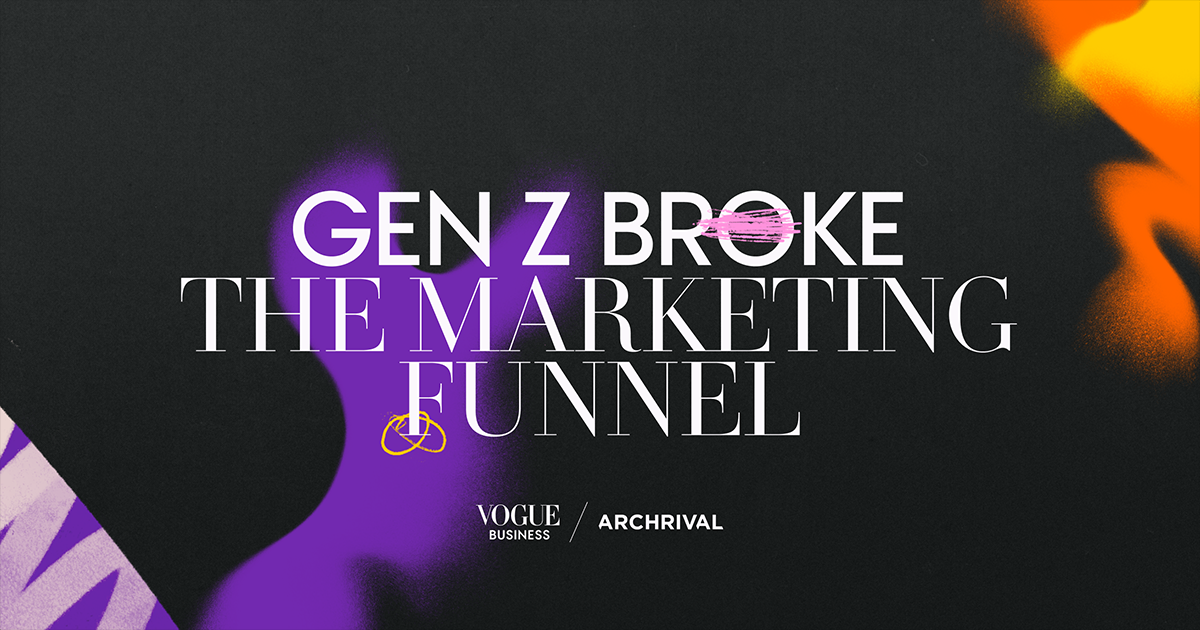
LATEST POST
When Personalization Backfires
Is it personal? Or is it just “creepy and irrelevant”?
Most popular content
Most recent content

When personalization backfires
Personalization is billed as marketing’s holy grail. But most of what the industry calls “personalization” isn’t personal at all — it’s shallow behavioral tailoring, and consumers know it.

Universal design: How to grow audiences by centering the outsider
Forward-thinking organizations are applying universal design principles to their entire organizational structure, recognizing that inclusive design fosters innovation that benefits everyone.

The blind spot in arts audience research
For decades, arts leaders have been told to focus on people who already love the arts. Here's why that advice is limiting growth.

Burying the Lede: When Arts Recovery Headlines Reinforce Inertia
The headlines are exciting. "Arts sector grew at twice the rate of the total economy!" "We contributed $1.2 trillion to the GDP in 2023!" Here's what's actually happening.

The Classical Music Attendance Paradox: Why 11M Listeners Don't Fill Concert Halls
If listening were a pipeline to attendance, our concert halls would be packed. They're not. Here’s why.

The golf industry has reversed decades of decline. Can classical music do the same?
Golf didn't just stabilize a declining industry—they sparked record-breaking growth by making the sport accessible to people who never would have engaged before.

The secret to your next grant win
Most grant applications follow the same tired formula: Here's who we are, here's what we do, here's why we're great, here's why you should fund us.

Beyond Demographics: Unlocking the Core Drivers of Engagement
Arts orgs have long relied on demographic and transactional data to segment their audiences—age, income, ticket history, and zip code serving as proxies for interest and intent. But these traditional models have lost their predictive power.

This is NOT a driver of engagement
Arts organizations too often focus their sales pitches on “cultural enrichment”, citing industry reports or in-house surveys that say it’s a primary driver of engagement. But those studies asked the wrong question.

4 Surprising Studies Shaping Audience Behavior
Now is the perfect time to step back, clear your head, and scan the bigger forces shaping audience behavior. These aren’t arts-specific reports—but that’s exactly the point.

The arts are not toothpaste
The subscription model that the performing arts world is built around? It only briefly aligned with how most people actually behaved—a narrow window in time when routines, loyalty, and consumer habits lined up.

Don’t sleep on this trend
It’s getting personal. And arts organizations need to get on board—because mission alone won’t save you when the funding dries up.










Arts orgs have long relied on demographic and transactional data to segment their audiences—age, income, ticket history, and zip code serving as proxies for interest and intent. But these traditional models have lost their predictive power.